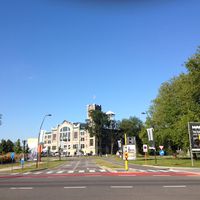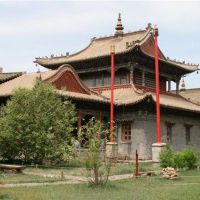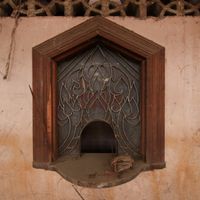PhotoContest | Germany | Lia Vio | 7 Photos
Share using the Social Media buttons above to vote for this artist
My name is Lia Vio and I come from Germany (Düsseldorf).
The "Zollverein" Series, depicts my thoughts about the past and the future of the industrial Europe. It's mining history still dominates the area where I live (Ruhrgebiet), it's landscape and people.
liavio.com
About the Series:
"Zollverein. The Eiffel Tower of The Ruhrgebiet"
Birth. The Zollverein mine in Essen was the biggest and most modern coal-mining complex in the world. The two Bauhaus-inspired architects Fritz Schupp and Martin Kremmer, who designed every little detail of the twin-axis industrial complex to harmonize in accordance with the principles of symmetry and geometry, created a unique model complex in Zollverein Shaft XII. This is an exceptional industrial monument by virtue of the fact that its buildings are outstanding examples of the application of the design concepts of the Modern Movement in architecture in a wholly industrial context. The technological and other structures of Zollverein XII are representative for a crucial period in the development of traditional heavy industries in Europe, when sympathetic and positive use was made of architectural designs of outstanding quality.
Pain. The history of Zollverein covers more than 140 years of mining activity. It has seen highs and lows, prosperities and disappointments, both minor and major. The Zollverein Coking Plant was erected between 1957 and 1961 and was functionally linked to the central pit complex Zollverein XII. For a long time, it was the largest coking plant in Europe. In the former Coal Washing Plant mighty machines still bear witness to the backbreaking work of mining. Five generations of miners determined the lifespan of the mine and shaped the history, both open-cast and underground. Pain and suffering mark it’s past.
Inspiration. I photographed Zollverein over a period of years (2002-2009), in specific weather conditions, fascinated by the enigmatic qualities of it’s unique abandoned landscape and it’s dark, mysterious and surreal beauty. The results of my objective focus, presented in a series of monumental photographs, present a narrative at the meeting point of natural and industrial histories. Operating within the artistic traditions of the german landscape and it’s photographic tradition, I searched for the archetypal vista, which reveals more about humanity than simply shifting geological strata. The series of detailed photographs is underpinned by the ideal of the detached view, capturing the meaning of a place and a culture at a precise moment for ever.
[gallery link="file" columns="4"]
Similar content
22 Aug 2012
from - to
16 Dec 2021 - 03 May 2022






